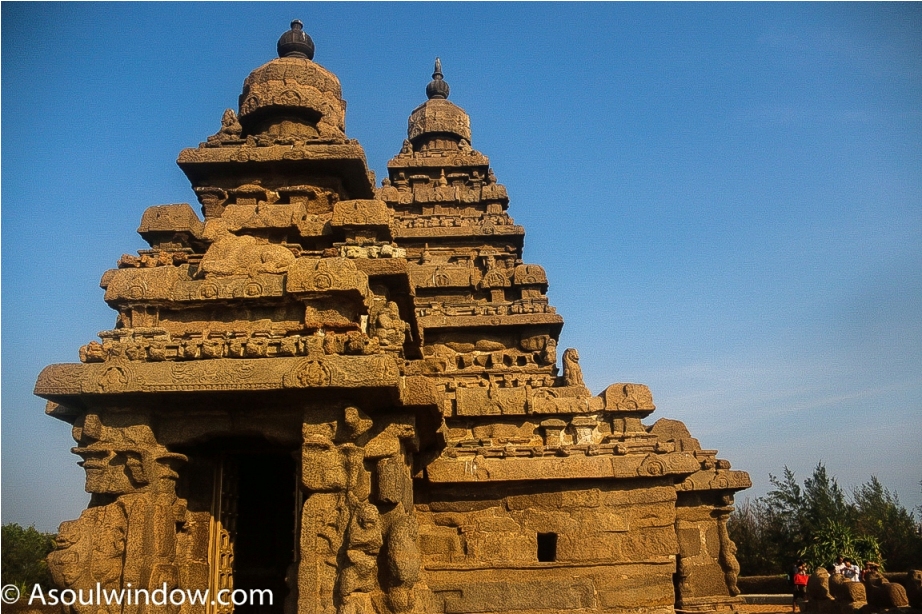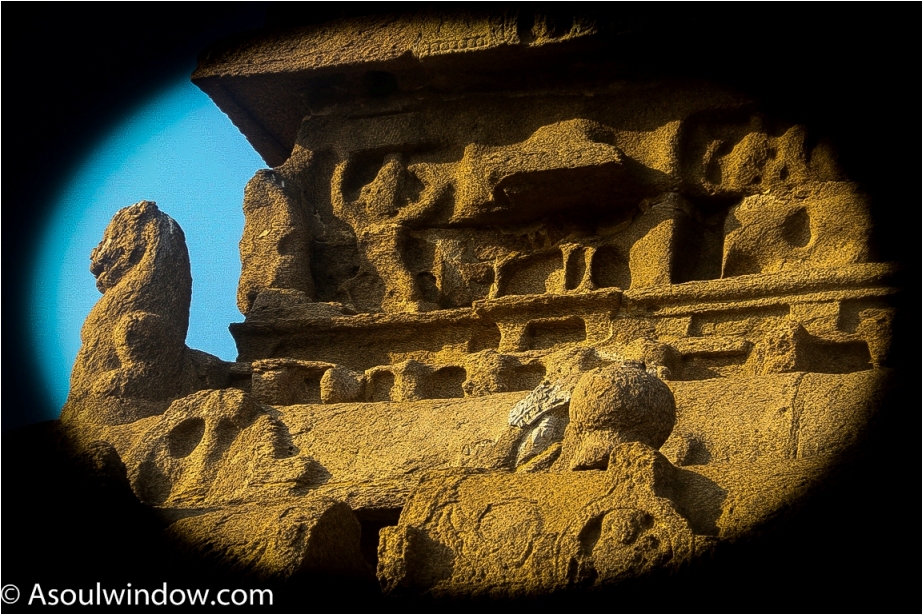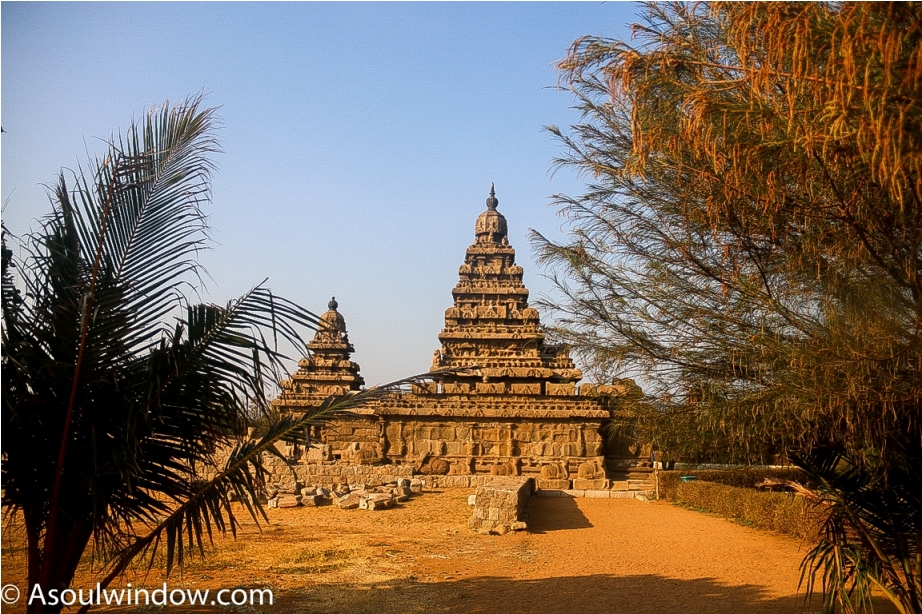Last Updated on June 5, 2021 by asoulwindow
Table of Contents
Pallava Architecture and art
The unique Pallava Architecture flourished under the reign of the mighty Chola dynasty. One of the greatest sculptor of those times was Akshara. The rock cut phase and the structural phase are the two phases of Pallava Architecture. Primarily worshipers of Shiva Bhagwan and Vishnu ji, Pallavas were tolerant of both Jainism and Buddhism as well. However, both Jainism and Buddhism never flourished in this region unlike Hinduism.
In fact, the Pallavas are credited with the construction of South India’s first stone and mortar temples. It followed the brick and timber prototype which preceded Pallava Architecture style. Between 610 C.E. and 668 C.E., the rock cut phase dominated the Pallava Architectural Style

4 main Pallava Architectural style
The Pallava architectural style began with rock cut temples. This style which can be divided in to four group, are as below:
- Mamalla group – Mamalla group of temples were built between 630 C.E. and 668 C.E. What makes Mamalla group of temples unique were the massive monolithic shrines and other free standing structures such as elephants, Nandi Bull etc.
These rathas or chariots were often accompanied by spacious halls with multiple pillars. The pillars have small carvings of their own. Some of the finest examples of Mahendra group of temples include the famous Arjuna’s Penance and Pancha Rathas, both in Mahabalipuram.
Also read: The mysteries of Shore Temple simplified!
- Mahendra group – As the name suggests, Mahendra group of temple were commissioned during the rule of Mahendravarman I who reigned between 610 C.E. and 630 C.E. He was the pioneer in rock cut temple architecture. Some of the features of Mahendra group of temples include pillared mandapas or halls. This Pallava architecture style stands out.
These impressive structures which were carved out of mountain faces also resemble the architectural style of Jain temples of that era. Some finest examples of Mahendra group of temples include the ancient cave temples of Mamandur, Mandagapattu and Pallavaram, all of them in South India of course. The temple at Mandagapattu was the first rock cut temple commissioned by Mahendravarman.
Also read: Who destroyed Martand temple in Kashmir?

- Rajasimha and Nandivarman Style – This Pallava architecture style lasted between 674 C.E. and 800 C.E. One of the examples include the Vaikuntha Perumal at Kanchipuram in Tamil Nadu. Vaikuntha Perumal was built by Nandivarman II. Kanchi Kailasanatha Temple, also in Kanchipuram, was built by Rajasimha aka Narasimhaverman in late 7th century C.E.
- Aparajita architectural style – This Pallava architecture style dominated in early ninth century C.E.
Also read: Monsoon trek to Bhimashankar Jyotirling

Also read: Epic road trip to Kailash Mansarovar Yatra
Conclusion: Final Thoughts on Pallava Architecture
During the reign of Pallava Dynasty in South India, art and architecture flourished. We are lucky that we are still able to visit some of the best places where Pallavas left a mark through their skilled craftsmanship. These are some of the best places to see in South India and you must not miss them. Pallava temple architecture is one of the best in all of India. I have visited many temples in India and every time I end up comparing them with the unique Pallava art and architecture. Do let me know if you want to share something about the Pallava architecture.
Also read: The secrets of Shri Jagannath Temple revealed, Puri, Odisha

Related Blog
Kumbh Mela of Prayagraj
Ruins of Avanti Swami temple in Srinagar
The view from my Soul Window is impressive!
Top Travel Blogger from India
